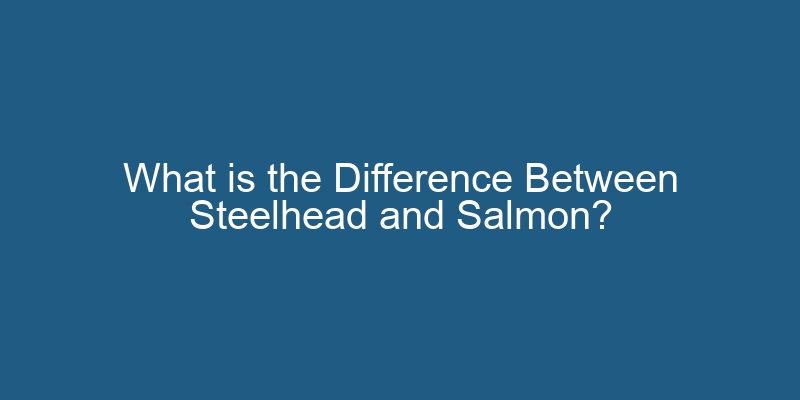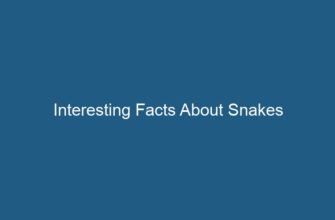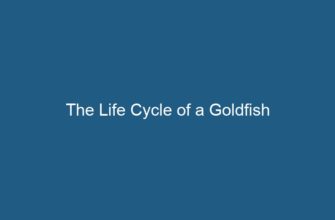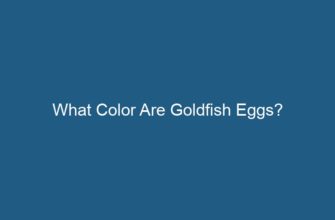Introduction
When it comes to freshwater and anadromous fish, two popular species that often get confused are steelhead and salmon. While they may appear similar at first glance, there are several distinct differences between these two fascinating creatures. In this article, we will delve into the characteristics, habitats, life cycles, and culinary aspects of steelhead and salmon to provide a comprehensive understanding of their dissimilarities.
1. Appearance
Steelhead and salmon share many physical similarities, but upon closer inspection, their appearances differ in a few key ways. Steelhead, scientifically known as Oncorhynchus mykiss, resemble trout in their overall shape and size. They typically have silvery sides with dark green or blue backs and scattered black spots. On the other hand, salmon, which belong to the family Salmonidae, have a more streamlined body with a pronounced forked tail. They display a wide range of colors depending on the species, including red, pink, silver, and even green.
Steelhead vs. Salmon
Difference Between Steelhead and Salmon
2. Habitat
While both steelhead and salmon are known for their ability to navigate between freshwater and saltwater environments, they have different preferences when it comes to their habitats.
Steelhead, as a subtype of rainbow trout, are primarily found in the Pacific Northwest of North America, particularly in the coastal rivers and streams. They are known for their anadromous behavior, meaning they are born in freshwater, migrate to the ocean to grow, and then return to freshwater to spawn. Steelhead can also adapt to a purely freshwater life if they do not migrate to the ocean.
Salmon, on the other hand, have a more diverse distribution. They can be found in both the Atlantic and Pacific Oceans, as well as various freshwater systems worldwide. Different species of salmon have distinct preferences for their spawning grounds, with some preferring rivers and others preferring lakes or even estuaries.
3. Life Cycle
The life cycles of steelhead and salmon are fascinating and play a crucial role in understanding their differences.
Steelhead typically hatch from eggs in freshwater streams and rivers. After spending a few years in their natal habitat, they undergo a physiological transformation called smoltification, which allows them to migrate to the ocean. During their time in saltwater, steelhead grow in size and maturity. When they reach sexual maturity, they return to their birthplace to spawn. Some steelhead may spawn multiple times throughout their lives.
Salmon also spawn in freshwater, but their life cycle differs slightly from that of steelhead. After hatching from eggs, salmon fry spend a relatively short period in their natal streams before migrating to the ocean. They then spend several years at sea, where they grow and mature. When the time comes to reproduce, adult salmon return to their birthplace, known as their spawning grounds, to lay their eggs and complete the cycle. Unlike steelhead, most species of salmon die after spawning.
4. Behavior
Behaviorally, steelhead and salmon exhibit some contrasting characteristics.
Steelhead are known for their elusive and migratory behavior. They are strong swimmers and can cover long distances during their oceanic migration. While in the ocean, they feed on various marine organisms to fuel their growth. Steelhead also display cautious behavior when it comes to biting fishing lures or flies, making them a challenging catch for anglers.
Salmon, on the other hand, tend to exhibit more predictable behavior. They are known for their impressive spawning runs, during which they swim upstream against strong currents to reach their spawning grounds. Salmon also have a more aggressive feeding behavior, especially during their time in freshwater before they embark on their journey to spawn. This aggressive behavior makes salmon more prone to biting fishing lures and flies, making them a popular target for anglers.
5. Culinary Aspects
Steelhead and salmon are highly regarded for their culinary appeal, but there are some notable differences in their taste and texture.
Steelhead, often referred to as “trout on steroids,” have a delicate and mild flavor. Their flesh is tender, flaky, and pinkish-orange in color. Steelhead are often praised for their versatility in cooking methods, as they can be grilled, baked, smoked, or even served raw as sushi or sashimi.
Salmon, on the other hand, have a richer, oilier flavor compared to steelhead. The flesh of salmon is typically firm, moist, and reddish-orange. It is well-suited for grilling, baking, broiling, or pan-searing. Salmon is also a popular choice for smoking and is commonly used in sushi and other Japanese cuisine.
6. Nutritional Value
Both steelhead and salmon offer impressive nutritional benefits, but their nutrient profiles differ slightly.
| Nutrient | Steelhead (100g) | Salmon (100g) |
|---|---|---|
| Calories | 206 | 206 |
| Protein (g) | 22.2 | 22.1 |
| Fat (g) | 13.3 | 13.4 |
| Omega-3 Fatty Acids (g) | 3.4 | 2.3 |
| Vitamin D (IU) | 384 | 524 |
*Values are approximate and may vary depending on the specific species and preparation method.
Both steelhead and salmon are excellent sources of high-quality protein and omega-3 fatty acids, which are beneficial for heart health and brain function. Steelhead, however, tend to have slightly higher omega-3 fatty acid content compared to salmon. Salmon, on the other hand, contains more vitamin D than steelhead.
7. Environmental Impact
When considering the environmental impact, there are some notable differences between steelhead and salmon.
Steelhead, due to their migratory behavior, play a significant role in nutrient cycling between freshwater and marine ecosystems. Their presence in rivers and streams during spawning provides essential nutrients to the surrounding environment, benefiting both terrestrial and aquatic organisms. Steelhead also contribute to the overall health of the oceans by serving as a vital food source for various marine predators.
Salmon, on the other hand, have a more profound impact on the environment due to their mass spawning events. When salmon return to their spawning grounds, they lay their eggs and die, releasing large quantities of nutrients into the ecosystem. These nutrients enhance the health of the rivers and surrounding vegetation, providing valuable resources for other organisms. The carcasses of dead salmon also serve as food for scavengers and contribute to the overall biodiversity of the ecosystem.
8. Conservation
Both steelhead and salmon face various conservation challenges, primarily due to habitat degradation, overfishing, and climate change.
Steelhead populations have declined in many regions due to the construction of dams, water pollution, habitat fragmentation, and the introduction of non-native species. Efforts are underway to protect and restore steelhead habitats, including the removal of barriers to migration, water quality improvement projects, and the establishment of protected areas.
Salmon populations are also under threat, with habitat destruction, excessive fishing pressure, and climate change impacting their numbers. Conservation measures include the restoration of spawning habitats, the implementation of sustainable fishing practices, and the monitoring of water temperature and quality to mitigate the effects of climate change.
FAQs about Steelhead and Salmon










